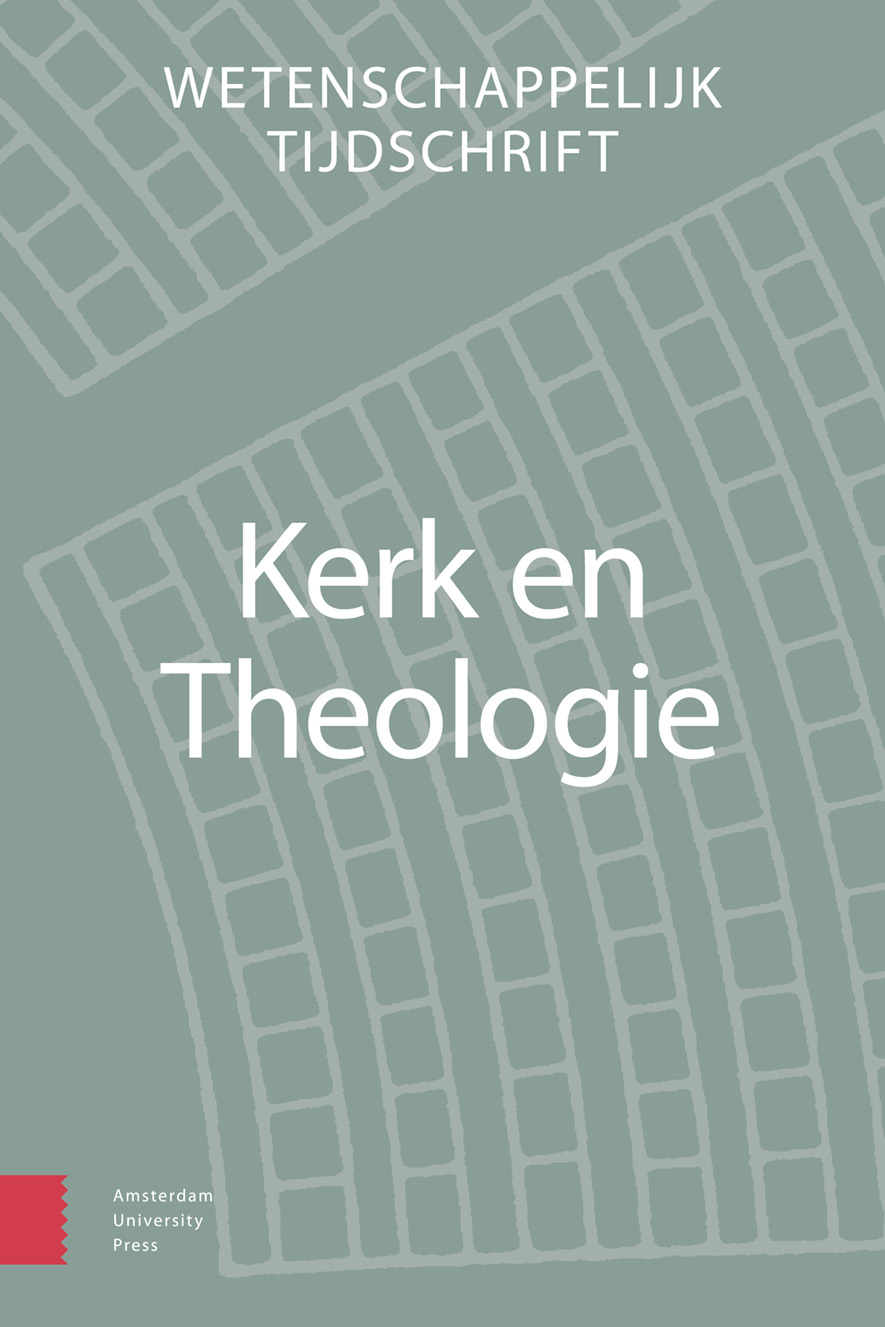- Home
- A-Z Publications
- Kerk en Theologie
- Previous Issues
- Volume 74, Issue 1, 2023
Kerk en Theologie - Volume 74, Issue 1, 2023
Volume 74, Issue 1, 2023
Language:
Dutch
-
-
Maria als ‘slavin van de Heer’ (Lucas 1:38.48)
More LessBy Annette MerzAbstract “Slave/maidservant of the Lord” - this is how Mary calls herself in response to the Angel Gabriel’s announcement that she will give birth to the “Son of the Most High”. This article explores the varied interpretations of this self-description in Luke 1:38.48 and reflects theologically on the hermeneutical problems of religious slavery metaphors in the Bible. Gender plays a crucial role here, as giving birth to a child by their lo Read More
-
-
-
Een zwarte stem in een witte tekst
More LessAbstract This article studies the exegesis of the bible by Isabella, an early 18th-century enslaved woman in the Dutch colony Suriname, whom the Reformed minister Jan Willem Kals (1700-1781) discusses in his main work Neerlands hooft- en wortel-sonde as an example of his assertion that black people can be Christians too. According to the report by Kals, Isabella uses the New Testament story of the Ethiopian eunuch (Acts Read More
-
-
-
De kerk, de slaaf en de bevrijder
More LessAbstract The intertwinement of gender and religion in the struggle against slavery, both in Europe and in the colonies is central to this contribution. Was there a gendered action repertoire in the abolitionist movement that appealed to the protestant-Christian community? In the 19th century the deployment of ‘humanist narratives’ promoted the identification of women within the protestant churches with enslaved women as mot Read More
-
-
-
‘Het gaat om een rechtvaardige vrede!’
More LessBy At PolhuisAbstract In 1938, Barth expresses support for armed struggle against National Socialist rule. The letter causes great unrest in pacifist circles. Barth responds with a brochure in which he defends his view of war on biblical grounds. War, our enemy and the means we use in the process are human means. They should never be identified with God’s final battle, his enemy and his means. Knowledge of Barth’s choices and his conversa Read More
-
Volumes & issues
Most Read This Month
Article
content/journals/01652346
Journal
10
5
false
en


